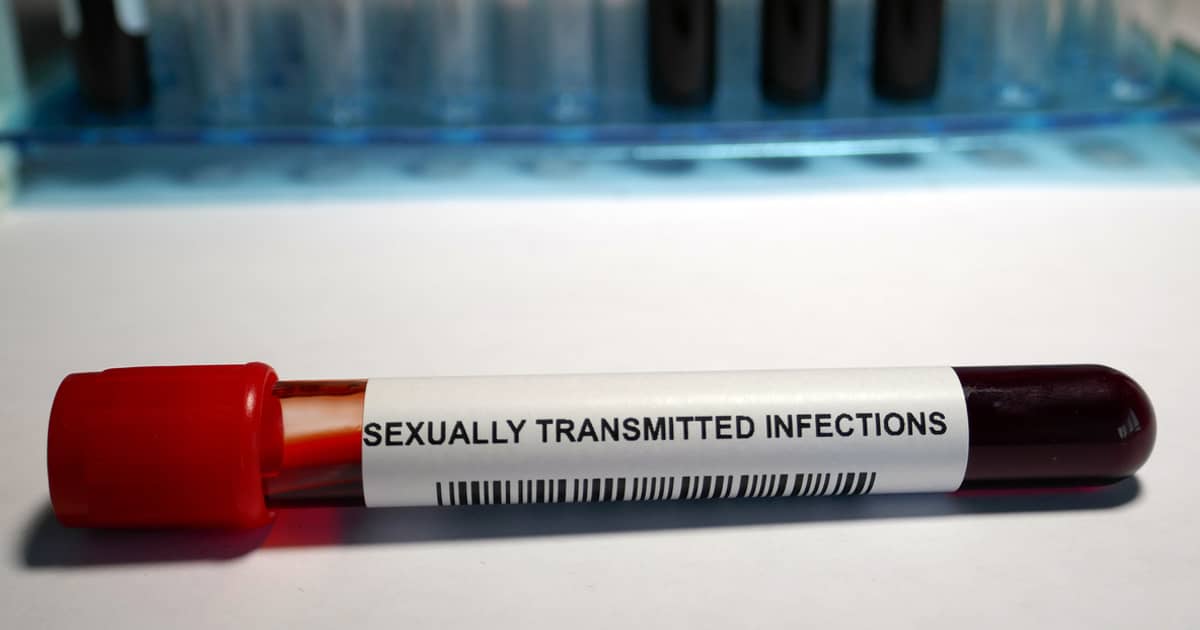It’s common knowledge that sexually transmitted infections (STIs) can be caused by viruses and bacteria (and sometimes – by parasites). Obviously, these are very different organisms. But apart from that difference, is there anything else that separates viral from bacterial STIs?
Common Types of Viral and Bacterial STIs
Before looking at the differences, let’s check out some of the most common types of sexually transmitted diseases and the microorganisms that stand behind each.
The most common kinds of bacterial STIs include chlamydia, syphilis, gonorrhoea, mycoplasma and gardnerella.
The STIs that are caused by viruses include HIV and AIDS, herpes simplex, hepatitis and HPV.
Knowing which microorganism/agent is causing the infection is very important for one reason. Viral and bacterial infections are treated in different ways. In essence, viral infections can be managed rather than cured. Bacterial infections provide a bigger range of treatment possibilities.
The Biggest Difference
A virus is not an agent that can be eradicated through the use of a medication like an antibiotic. This means that with early detection, viral infections can be managed. On the other hand, bacteria can be killed. The bacterial STIs can be eradicated, typically through the administration of an appropriate antibiotic.
Antibiotics are medications that will only be used to treat a bacterial infection.
Sometimes, an antibiotic may be administered to an individual that is dealing with a viral infection. There’s a simple reason for that. The virus can weaken the immune system, which means that the body can also become susceptible to a bacterial infection. In that case, an antibiotic will be administered to address the subsequent bacterial problem and not the viral infection that caused issues in the first place.
At the time being, there is no treatment to cure a viral infection.
In some instances, the immune system will be strong enough to suppress the viral activity. That can happen if a person is suffering from a herpes simplex or an HPV infection.
Other kinds of viruses, however, will attack the immune system in much more pronounced ways. The human immunodeficiency virus (HIV) is one example. If left untreated or identified too late, the HIV infection can impact the immune system in a detrimental way. That is when AIDS will develop.
Still, there are medical advances helping the body “control” the viral load. Antiretroviral medications administered to HIV patients keep the virus from replicating inside healthy bodily cells. Hence, such medications can help for the successful management of the condition. With early identification and correct therapy, a person who is HIV-positive can lead a long, productive and healthy life.
How About Parasitic STIs?
To make things a little bit more complicated, we need to talk about a third little organism that can be passed through unprotected sex.
Some STIs are caused by parasites – microorganisms that are neither viruses nor bacteria.
One of the most well-known examples of a parasitic STI is trichomoniasis.
This condition is caused by a protozoan parasite called Trichomonas vaginalis. Trichomoniasis is the most common curable STI and in the US alone, it affects more than two million people. Scabies is another kind of parasitic condition that can be passed from one sexual partner to another.
Parasites (much like viruses) are organisms that seek a host. When the host’s body is invaded, the parasite begins replicating and using biological resources to sustain its existence.
Luckily, parasites that cause STIs can be eradicated through the administration of the right kind of medication. Parasites aren’t considered too dangerous but they can still cause unpleasant side effects and even complications if the condition is left untreated for a prolonged period of time.
Prevention Essentials
The main difference between parasitic, viral and bacterial STIs is the treatment or management method.
Luckily, prevention best practices are always the same.
All of these disease-causing agents can be passed when you have unprotected intercourse with a partner. Abstinence and using barrier contraception like condoms are still the best ways to make sure you are protected from all kinds of STIs.
If you are in a committed monogamous relationship, you should still consider getting tested with your partner. Thorough STI screening once per year or every six months will help you rest assured that both of you are healthy. In the case of a positive test result, you’ll get to start treatment as early as possible.
More frequent STD testing is recommended for individuals who have more than one sexual partner, for sex workers and other high risk groups. Getting tested every few months and sticking to the best prevention practices can both reduce vulnerability significantly.
Singapore offers readily available and reliable STI testing options. You really have no excuse to refrain from taking responsibility for your own wellbeing and the health of your partner.
We are STD Clinic in Singapore that gives everyone access to confidential and quick STI screening panels. We will also consult you about the biggest risks, the best ways to protect yourself and the most adequate treatment options in the event of a positive test result.
Don’t hesitate to contact us if you have a question about the common types of STDs or about getting tested. Alternatively, come to the clinic during our working hours every day of the week. We’ll do our best to give you a personalised, comprehensive and reliable service.

